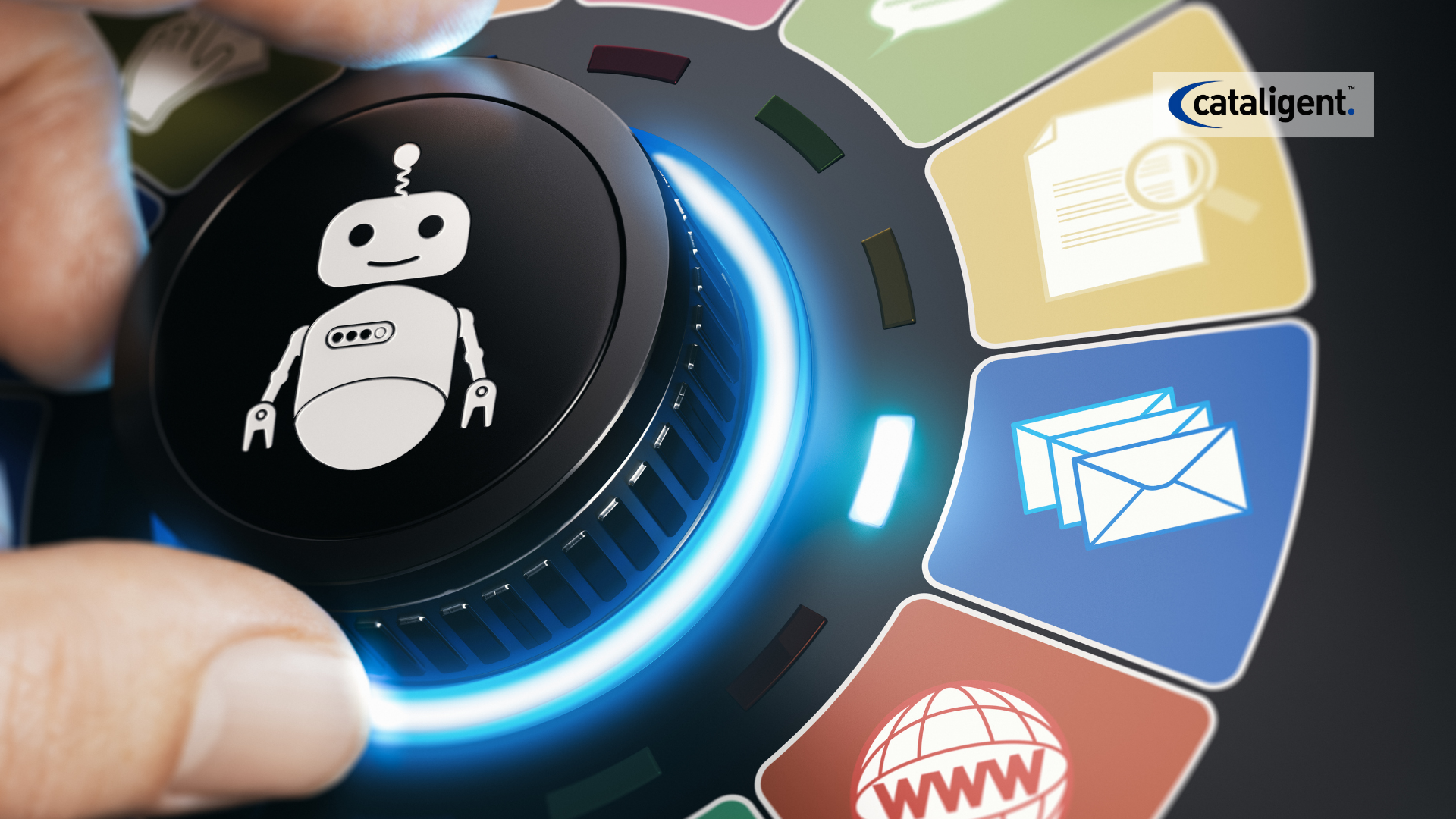What It Is
Intelligent ITSM is not just an upgrade of traditional IT service management—it’s a transformation. It fuses automation and artificial intelligence with ITSM frameworks to deliver faster, smarter, and more seamless service delivery. While conventional ITSM focuses on structured processes for incidents, problems, and changes, Intelligent ITSM takes a proactive and predictive approach.
Automation handles repetitive tasks like ticket categorization, patch deployments, or system monitoring without human input, eliminating delays and human error. AI builds intelligence into this process—it analyzes historical data, detects patterns, and predicts service disruptions before they occur. It even recommends or initiates solutions in real time. This fusion of efficiency and intelligence elevates ITSM from being reactive and manual to becoming proactive, data-driven, and highly user-centric.
In essence, Intelligent ITSM is the difference between firefighting and fire prevention—it not only addresses issues but anticipates and averts them before they disrupt business.
Why It Matters
The importance of Intelligent ITSM lies in how it addresses the mounting pressures on IT departments and the expectations of users:
- Rising Ticket Volumes: As digital systems multiply, IT teams face overwhelming service requests. Manual processes buckle under this demand, creating bottlenecks.
- User Expectations: Today’s workforce and customers demand instant, always-on services. Waiting hours—or even minutes—for a resolution feels unacceptable in a real-time economy.
- Complex IT Environments: Businesses now operate hybrid IT landscapes—mixes of on-premise, cloud, mobile, and edge systems. Managing them with outdated, manual methods is unsustainable.
- Escalating Costs: Hiring more staff to handle more tickets isn’t scalable. Inefficiency drains budgets and stifles innovation.
By embedding automation and AI, Intelligent ITSM directly addresses these issues. Tickets are resolved faster—or never created in the first place because predictive analytics prevent disruptions. Users get reliable, self-service options that deliver immediate results. IT costs decline while productivity soars, enabling IT teams to redirect efforts toward innovation and strategic growth.
How to Implement
Transitioning to Intelligent ITSM doesn’t happen overnight—it requires a structured roadmap:
- Identify Automation Opportunities
Start by analyzing high-volume, repetitive tasks that consume IT resources. Password resets, software installations, ticket routing, and system health checks are prime candidates. Automating these tasks delivers immediate efficiency gains. - Integrate AI for Smarter Decisions
AI should be layered into ITSM workflows to add predictive and prescriptive intelligence. For example, anomaly detection can signal unusual system behavior, while historical trend analysis can predict likely outages or performance dips. - Enable Self-Service Portals
AI-powered chatbots and self-service dashboards empower users to resolve issues instantly. Instead of logging tickets and waiting for help, employees and customers get immediate support, reducing frustration and IT workload. - Leverage Predictive Monitoring
Deploy AI-driven monitoring tools that keep a constant pulse on applications, networks, and infrastructure. When warning signs arise, predictive systems alert IT teams or initiate automatic fixes before disruptions cascade. - Continuously Train and Improve
AI learns from every interaction. Regularly feeding it with updated data and feedback ensures that recommendations, predictions, and automated responses become more accurate and effective over time.
Benefits
The shift to Intelligent ITSM delivers transformational benefits:
- Reduced Downtime: Predictive analytics prevent incidents before they affect users, safeguarding productivity and customer satisfaction.
- Improved User Experience: Automation and AI-driven self-service give users instant resolutions, boosting morale and confidence in IT.
- Operational Efficiency: Routine tasks are completed instantly without human effort, allowing teams to focus on innovation and value creation.
- Cost Savings: Reduced reliance on manual intervention lowers support costs while maximizing ROI on IT investments.
- Scalability: Intelligent ITSM scales effortlessly with business growth, managing larger environments without proportionally larger teams.
Real-World Scenarios
- Scenario 1: Telecom
A telecom provider faced frequent network outages that frustrated customers. By deploying AI-based predictive monitoring within its ITSM system, potential disruptions were detected and resolved before they occurred. Customer complaints dropped sharply, and customer satisfaction scores improved. - Scenario 2: Enterprise IT
An enterprise struggling with a flood of daily tickets implemented automation for routine requests like password resets and software updates. Nearly 70% of tickets were auto-resolved, cutting response times from hours to seconds and freeing IT staff to focus on critical innovation projects. - Scenario 3: E-commerce
An e-commerce company integrated AI-powered chatbots into its ITSM system. Customers could instantly troubleshoot issues like account access or order status without waiting for an agent. This improved customer experience, reduced service costs, and boosted brand loyalty.
How Cataligent Can Help
Cataligent’s IT Service Management solutions embed automation and AI to deliver seamless, intelligent IT services. The firm:
- Identifies high-impact areas for automation and rapid efficiency gains.
- Deploys AI-driven monitoring, analytics, and self-service portals.
- Integrates intelligent ITSM with existing business systems for unified management.
- Establishes a framework for continuous learning and improvement.
With Cataligent, ITSM evolves into a forward-looking, intelligent service ecosystem that improves efficiency, reduces costs, and drives user satisfaction.

